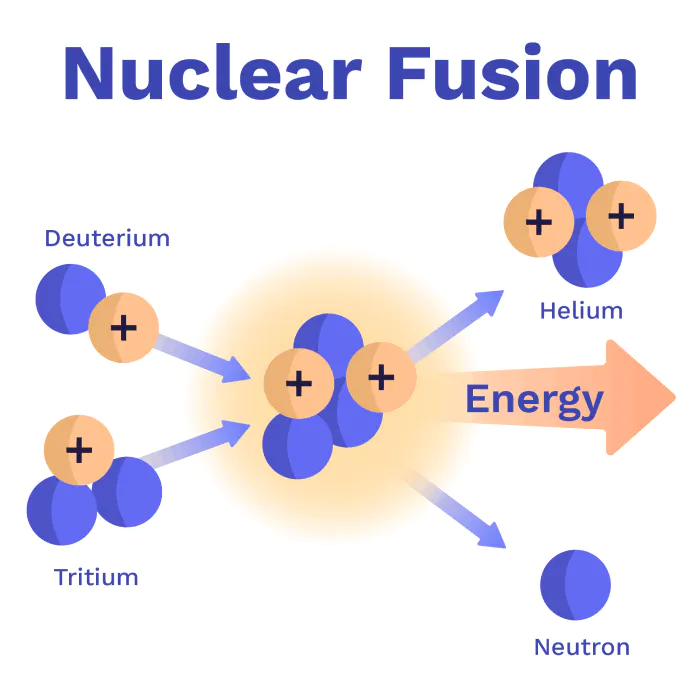
It might seem that the definition of the speed of light is simple–light can only physically go as fast as 300,000 km/s. This is true, but there is a lot more that goes into that number, and it doesn’t really have much to do with light. There is a lot more that goes into that number, and it doesn’t really have much to do with light. The definition comes from the laws of electricity and magnetism. James Clerk Maxwell defined four equations that defined how electric charges and currents work, and how magnetic fields are created from them. In addition, they showed how electric fields can be created from moving magnetic fields. The four equations were Gauss’s Law(All electric charges create an electric field), Gauss’s Magnetism Law(The magnetic flux across a closed surface is zero), Faraday’s Law(Varying magnetic fields cause electric fields), and Ampere’s Law(electric currents create magnetic fields).

These four equations use two natural constants, the permittivity of free space and the permeability of free space. So after having these four equations that describe the entirety of electromagnetism, Maxwell performed a thought experiment: he thought– What would happen if I oscillated an electric or magnetic source? The answer was an electromagnetic wave. If we look back at the four equations, this makes sense. A moving charge creates a changing magnetic field(Ampere’s Law), and that changing magnetic field creates a changing electric field(Faraday’s Law). As this happens over and over, an unstoppable loop is created, aka a self-propagating wave.

This can be thought of in the same way as throwing a rock into a lake, as the first wave pulls water from the rest of the lake, causing further and further oscillation. So how does this relate to light? Well Maxwell was curious about the wave he created– he knew it existed in nature because Electricity and Magnetism both exist– so he decided to figure out how fast this wave would move. This was fairly easy for him(besides a bunch of high-level calculus) since he already had four equations that defined the properties of this wave. Deriving the speed, he found that it was the square root of the inverse of permittivity multiplied by permeability. This makes sense since permittivity and permeability relate to the “resistance” of free space. When he plugged these numbers in, saw that the answer was ~300,000km/s(speed of light had been approximated before), he had an incredible realization that no one had before: Light must be a manifestation of electricity and magnetism, otherwise known as an electromagnetic wave. Taking this all in, we can see how the laws of electricity and magnetism helped scientists realize that light is nothing more than an electromagnetic wave, and its properties(aka maximum speed) are determined by the nature of the world we live in.











